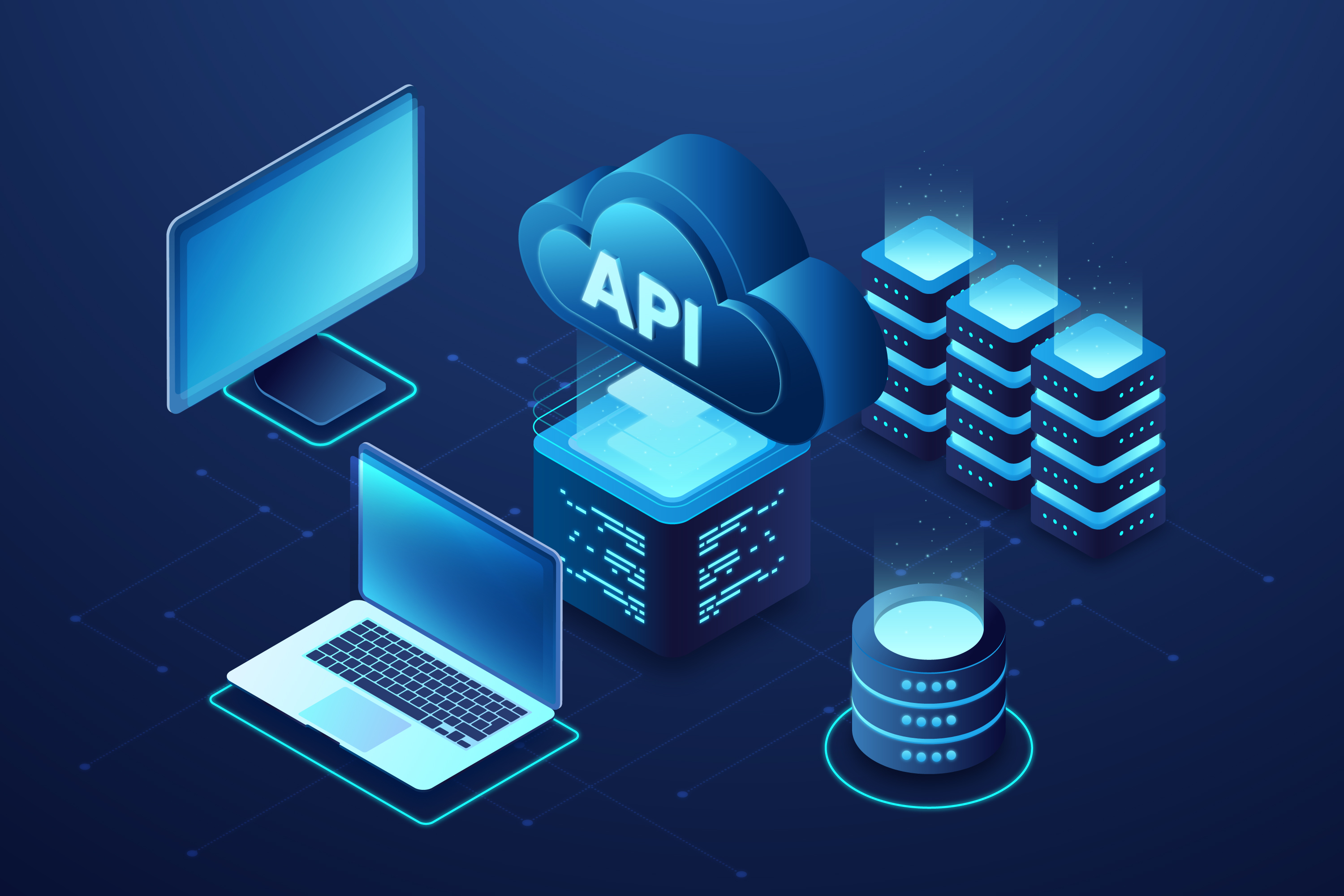An API is a set of rules and protocols that allow software components to communicate. Think of
it as
a contract between two systems. The sender knows what data to send and in what format, while the
receiver knows how to handle it.
APIs can be:
- Public/Open: Available to anyone (e.g., Twitter API, OpenWeatherMap)
- Private/Internal: Used within an organization
- Partner APIs: Shared with specific third-party partners
Why Integration Matters
Integrations powered by APIs enable businesses to:
- Automate workflows (e.g., connecting CRMs to marketing tools)
- Enhance user experience (e.g., showing Google Maps in an app)
- Extend product capabilities without reinventing the wheel
- Streamline data across services like Slack, Stripe, Salesforce, etc.
Common API Types
REST APIs
The most widely used type, REST (Representational State Transfer) relies on HTTP and supports
JSON
and XML formats. It’s simple, stateless, and scalable.
GraphQL
Developed by Facebook, GraphQL allows clients to request only the data they need. It's more
efficient for complex UIs and offers a strongly typed schema.
Webhooks
Webhooks let one system notify another when an event occurs (e.g., a payment received or a form
submitted), making real-time integrations possible.
gRPC
A high-performance RPC framework from Google using Protocol Buffers (Protobuf), gRPC is ideal for
microservices in languages like Go, C++, and Java.
As systems become more complex, learning how to integrate and leverage APIs is a superpower every full
stack developer and DevOps engineer should master.

Comments(3)
I would love to see a follow-up post diving deeper into Webhooks. They seem powerful but a bit tricky to debug.
We use gRPC at work, and it’s blazing fast. Definitely recommend it for internal microservices.
This article is perfect for junior devs like me who are just starting to explore integration workflows. Bookmarked!